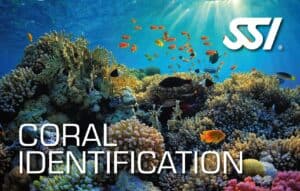
Digital Diver Training
Online Digital Diver Training Who does not like learning with the convenience of studying in your own time? Some of us are in some sort
Matthew Metcalf
13/05/2024
In the world of adventure and exploration, few activities rival the thrill and wonder of scuba diving. Beneath the surface lies a realm teeming with life, vibrant colors and breathtaking seascapes. However, accessing this underwater world requires more than just paying for the course; it demands knowledge, as well as skills, water training and safety awareness. E-learning for diving courses is making the knowledge development much easier for customers.
Traditionally, this has involved classroom sessions, interactive presentations, videos, dive knowledge reviews and paper exams. As well as practical training with confined water training, and open-water dives under the guidance of an instructor. Yet, with the advent of new technologies, a new way of learning has emerged: e-learning for scuba diving. This innovative approach is transforming the way scuba divers acquire the knowledge necessary for underwater exploration.
You can start your diving adventure today by signing up for our courses you can get access to the digital materials and start to learn as you travel. E-learning for diving is so much easier than before.

Scuba diving education has undergone significant evolution over the decades. What was once a predominantly instructor-led, classroom time in a dive center, this has gradually embraced technological advancements to enhance accessibility and flexibility.
Traditional learning methods required students to spend hours in classrooms, poring over paper textbooks, and attending lectures before venturing into the water. While effective, this approach often posed challenges for individuals with busy schedules or dive centers limited access to training facilities.
Recognizing the need for a more inclusive and convenient learning platform for dive theory portions, the scuba diving industry began integrating digital tools into their learning materials.
E-learning for diving emerged as a solution, offering students the flexibility for independent study, in their own pace, anytime and anywhere. With internet access available on tap this can be on a laptop or mobile device
This shift not only democratized access to scuba diving education but also streamlined the learning process, allowing students to progress more efficiently from theory to practical diving skills.
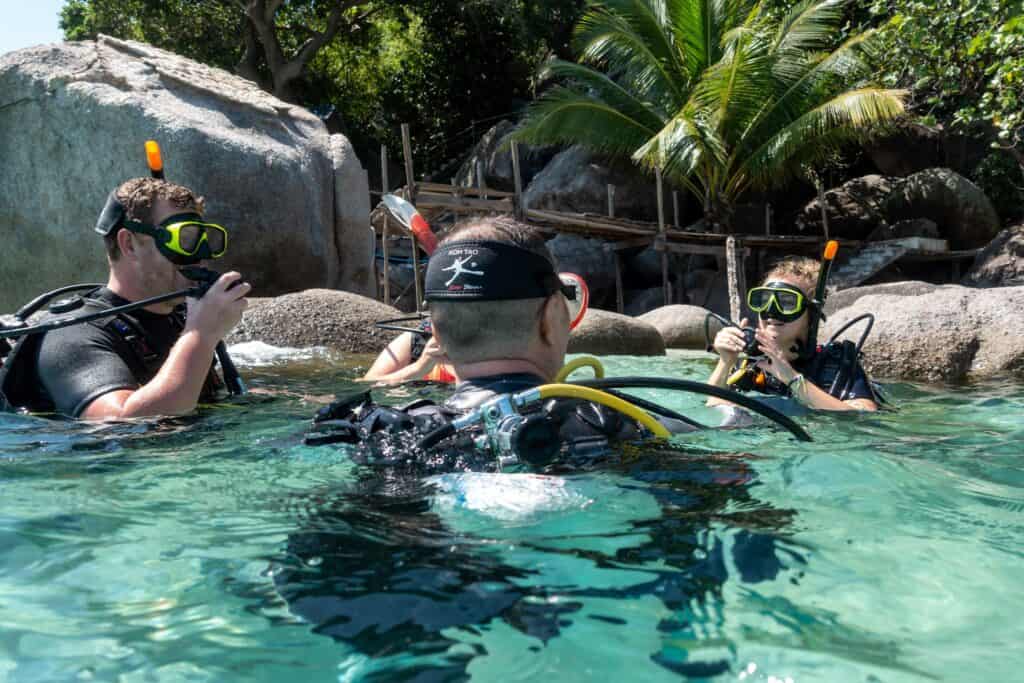
The adoption of e-learning for diving and online training in scuba diving education has brought a host of benefits for both students, instructors and dive shops.
While e-learning for diving offers numerous advantages, its adoption in scuba diving education is not without challenges:
As technology continues to evolve, so too will the landscape of scuba diving education. E-learning for diving represents a pivotal advancement in making diving more accessible, engaging, and sustainable for enthusiasts around the globe. From beginner courses to specialized certifications, such as Nitrox, digital platforms offer a dynamic and interactive learning experience that transcends geographical boundaries.
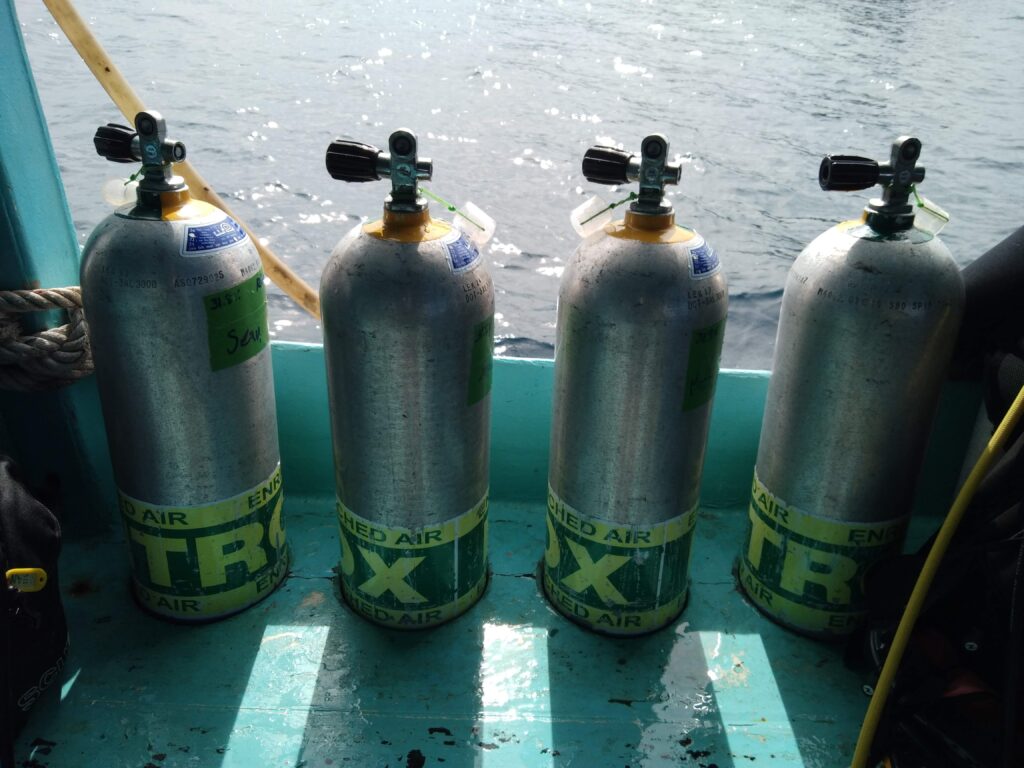
Looking ahead, the integration of artificial intelligence (AI), virtual reality (VR), and adaptive learning algorithms holds promise for further enhancing the efficacy and personalization of scuba diving education. AI-driven feedback mechanisms can analyze student performance data to deliver personalized recommendations and remedial interventions, optimizing learning outcomes and proficiency levels. Although we have haven’t explored this area yet.
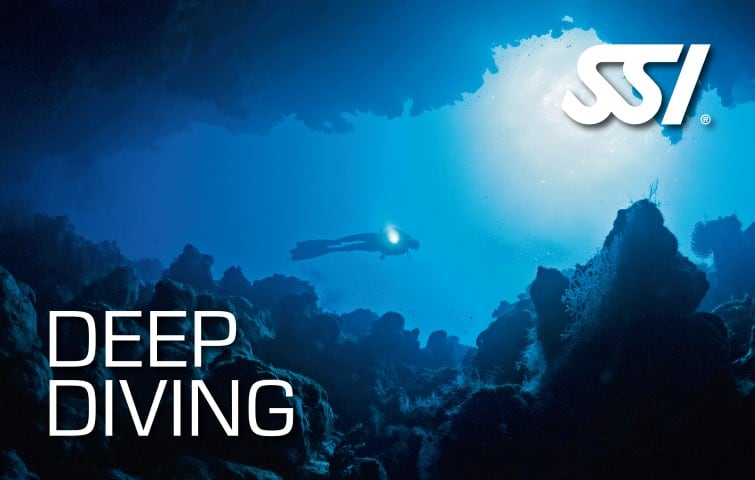
E-learning for diving has emerged as a transformative force in scuba diving education, revolutionizing the way individuals learn, train, and explore the depths. By harnessing the power of digital technology, the diving community can empower enthusiasts of all backgrounds to embark on a journey of discovery beneath the waves, fostering a deeper appreciation for the beauty and biodiversity of our planet’s oceans.
For most of our customers, the knowledge development training for the open water course can all be done via the MySSI app, including the exam. Reducing classroom and allowing more time for practical sessions. E-learning for diving content can also be done in advance of arriving on Koh Tao giving more time to enjoy the beaches.
Nearly all the specialty courses, such as Wreck Diver, have completely online theory with digital training materials, including the exams. With a quick review is all that is needed for some courses. With the online learning students have to get 100% although they get many chances to repeat should they get less.
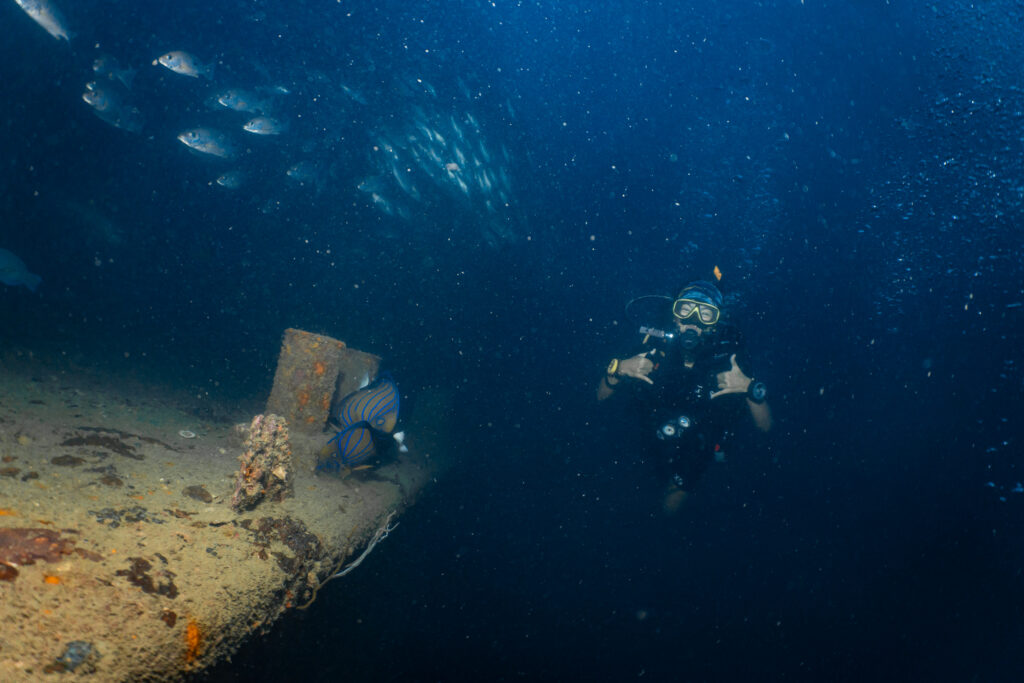
It goes without saying that all dive certifications are also digital, no need for a plastic dive card. But they are still available at extra cost should you want one. And with SSI, you can get one made within a few hours.
By sending a request and payment you are submitting a reservation for a course. Ensure that you have read and understood our terms and conditions.
Please ensure that you read the medical form and if you have to answer yes to any questions you will require a sign-off by a diving doctor. While this is available on Koh Tao some pre-existing conditions may require sign-off by your doctor or specialist.
If in doubt please ensure the medical questionnaire is completed before leaving your home country. Some medical conditions are not suitable for diving and may preclude you from diving.
Do you want to know more about a Koh Tao diving course? Feel free to contact us and one of our team of dive professionals will answer any questions quickly to see what scuba program is right for you. We have a variety of diving courses available with the SSI diving training organization.
How do I get to Koh Tao?
What other activities can I do after my open water course?
Should I buy a dive computer?
Find out more about the SSI diver training agency here: Dive SSI

Online Digital Diver Training Who does not like learning with the convenience of studying in your own time? Some of us are in some sort

Mojo Divers Moves To The Beach After a month of construction and decoration, we have officially launched our second Mojo Divers shop! Thanks to a

Why Koh Tao For Your Scuba Certification Koh Tao is one of the most popular places in the world to get your diving certification. Diving
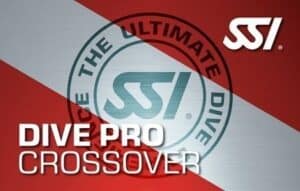
SSI Crossover Course Koh Tao If you are certified as a dive professional and are looking to increase your employment opportunities as a scuba diving
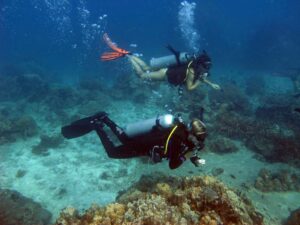
Is Koh Tao Good For Diving? Many people ask if Koh Tao is good for diving. Why is it so popular and what makes it

Deep Diving Specialty You have just finished your open water or advanced course, so why not study for Deep diving on Koh Tao and be
Should I Take My Divemaster In Thailand? If you’re looking to combine an amazing...
Online Scuba Diver Training 2023 Who does not like learning with the convenience of...
HTMS Sattakut Wreck Dive Thinking about doing your open water course this year? If...